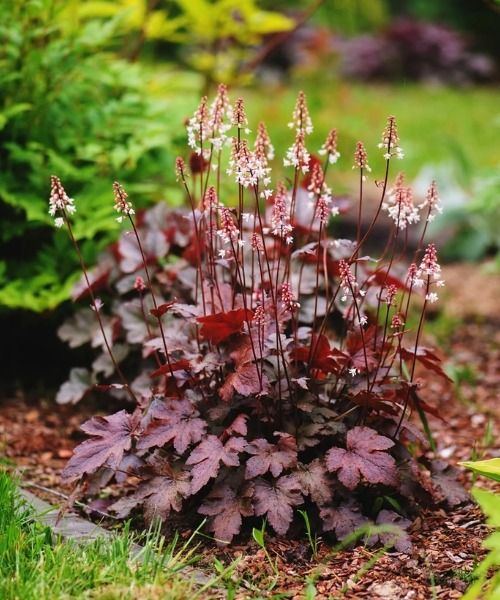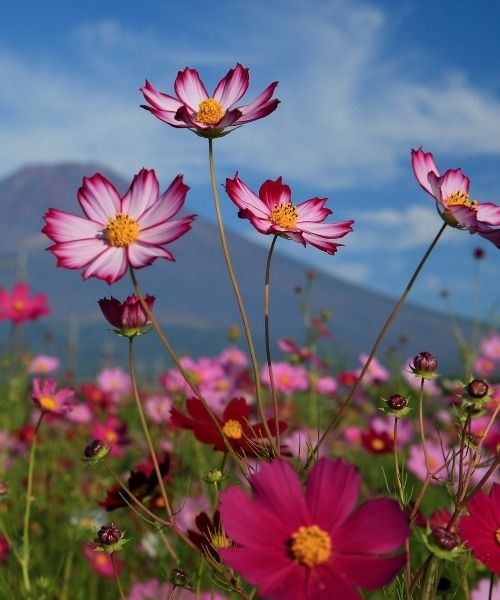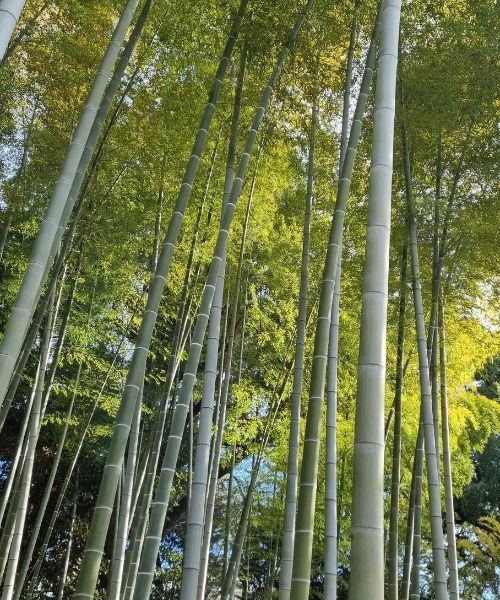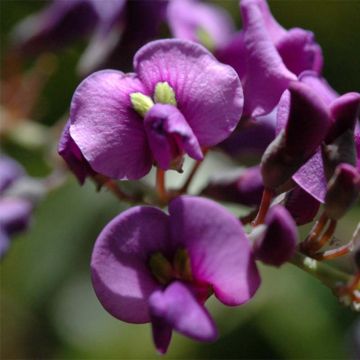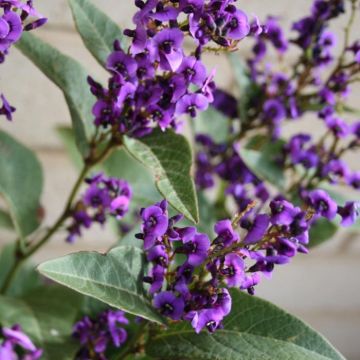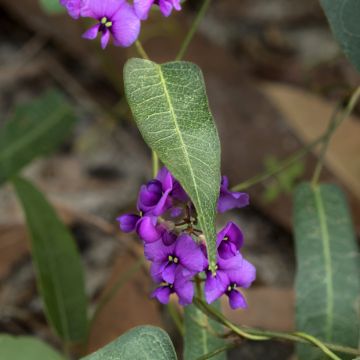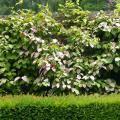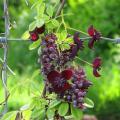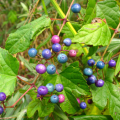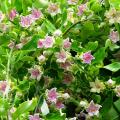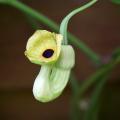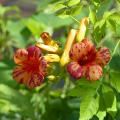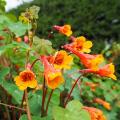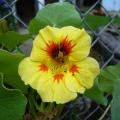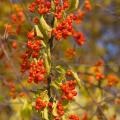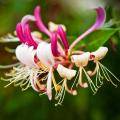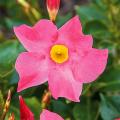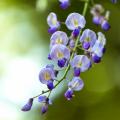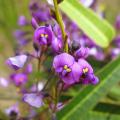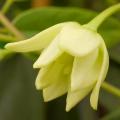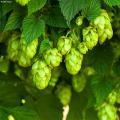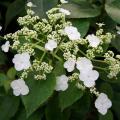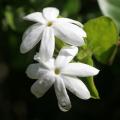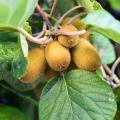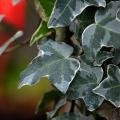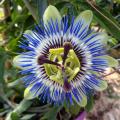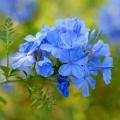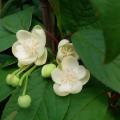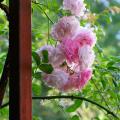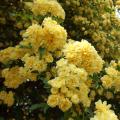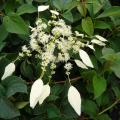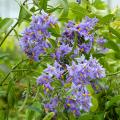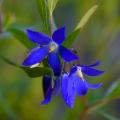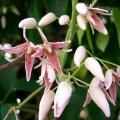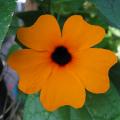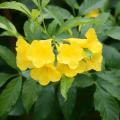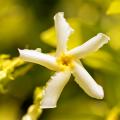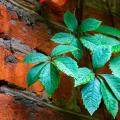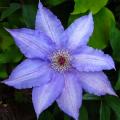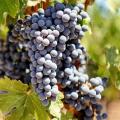Hardenbergia
Does this plant fit my garden? Set up your Plantfit profile →
Available in 1 sizes
Available in 1 sizes
Available in 1 sizes
The Hardenbergia, sometimes called Glycine or Australian sarsaparilla, is a very beautiful climbing plant of the Fabaceae family, native to the dry forests, garrigues and scrub vegetation of Australia. The genus consists of 3 species, the most well-known and hardy being Hardenbergia violacea with its lovely purple flowers. The species H. comptoniana can be distinguished by its leaves, which are divided into 3 leaflets. Hardenbergia develops light brown voluble stems that can measure up to 6m (20ft) long, climbing up trees or crawling along the ground. They bear beautiful evergreen foliage with glossy green triangular leaves. Flowering can occur as early as February-March, depending on the climate. Abundant, it takes the form of clusters composed of small loose pea-like flowers. Their colour varies from pink in cultivars like 'Pink Fizz', to purple in ‘Happy Wanderer’, to various shades of violet in 'Regent', and white in the Hardenbergia violacea 'Alba'. This flowering first opens at the top of the plant, then progresses towards its base.
The Hardenbergia is a slightly hardy liana, but very floriferous in late winter and resistant to drought when planted in the ground. While this beautiful Australian plant doesn't appreciate limestone, it tolerates a soil simply enriched with compost and sand. It is easy to acclimate in Mediterranean coastal gardens or in the southern Atlantic coast, where the Bougainvillea thrives. Elsewhere, it can be easily grown in a large pot to flower the terrace or balcony during the summer and overwintered in a cold greenhouse or in a minimally heated conservatory.
Haven't found what you were looking for?


































